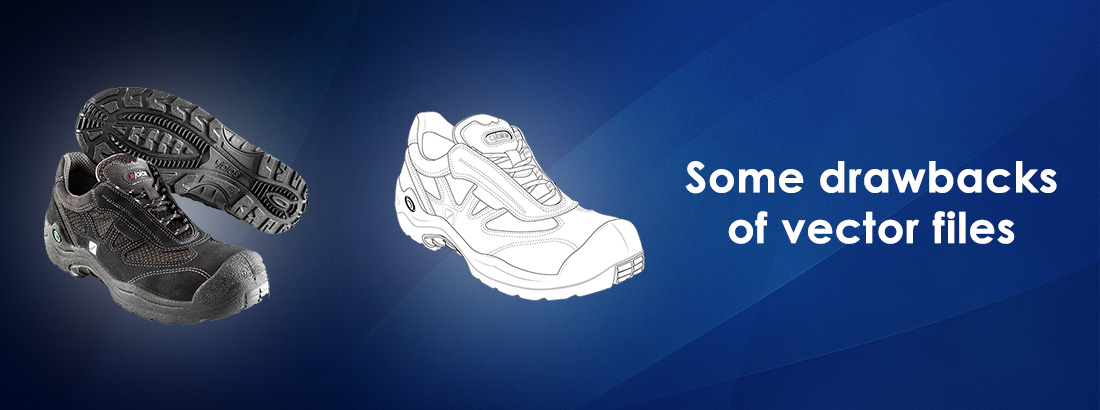Advantages of Using Vector Image

When an image is used for billboard, signboard, brochure, catalog, print media, digital media, e-commerce site, website as logo design/ display or printed version, this image is re-created by vector conversion. For this the image quality remains 100%, unchanged and clear.
At present, all kinds of manual books are created by vector graphic designer using these vector images so that a product’s shape, size, design can easily be displayed for customers. It also makes possible to represent a product and its functions menu step by step without product photography. For example- Vector drawing is used for mobile, motor parts, electronic item, furniture, product, machinery product, garment product, plastic products etc.
Vector color may be in black and white or multi-color. But in case of logo design, raster to vector image conversion; more than one color is used. For example- red, green, blue, black, white, yellow etc. Besides, in case of different vector line drawing, usually black and white color is used. For example- T-shirt, mobile, chair, table, bottle, mug, monitor, CAD drawing etc.
For any kind of vector design, fill color, stock color, gradient color, mash color etc. are combined and applied for a complete vector design, logo and art work etc according to customer’s demand.
Vector files are useful for storing images composed of line-based elements such as lines and polygons, or those that can be decomposed into simple geometrical objects, such as text. More sophisticated formats can also store 3D objects such as polyhedrons and wire-frame models.
Vector data can be easily scaled and otherwise manipulated to accommodate the resolution of a spectrum of output devices.
Many vector files containing only ASCII-format data can be modified with simple text editing tools. Individual elements may be added, removed, or changed without affecting other objects in the image.
It is usually easy to render vector data and save it to a bitmap format file, or, alternatively, to convert the data to another vector format, with good results.
The process of creating them is quite simple as well. In fact, using simple drawings we can get complex vector images without a lot of difficulty. Simple and user-friendly programs such as Macromedia Freehand, Corel Draw and Adobe Illustrator can be used for creating simple drawings, which can be converted to vector images.
Some drawbacks of vector files include the following:
Vector files cannot easily be used to store extremely complex images, such as some photographs, where color information is paramount and may vary on a pixel-by-pixel basis.
The appearance of vector images can vary considerably depending upon the application interpreting the image. Factors include the rendering application’s compatibility with the creator application and the sophistication of its toolkit of geometric primitives and drawing operations.
Vector data also display best on vectored output devices such as plotters and random scan displays. High-resolution raster displays are needed to display vector graphics as effectively.
Reconstruction of vector data may take considerably longer than that contained in a bitmap file of equivalent complexity, because each image element must be drawn individually and in sequence.
Raster to Vector (R2V) Conversion is a creative graphics & CAD design option which requires the designer to manually replace vector drawing with various lines, border, rectangular, square, round shaped, oval shaped etc. To do this task, extreme care and attention is necessary. Experienced and Professional Raster to Vector converters can save time without compromising on quality of the conversion.






